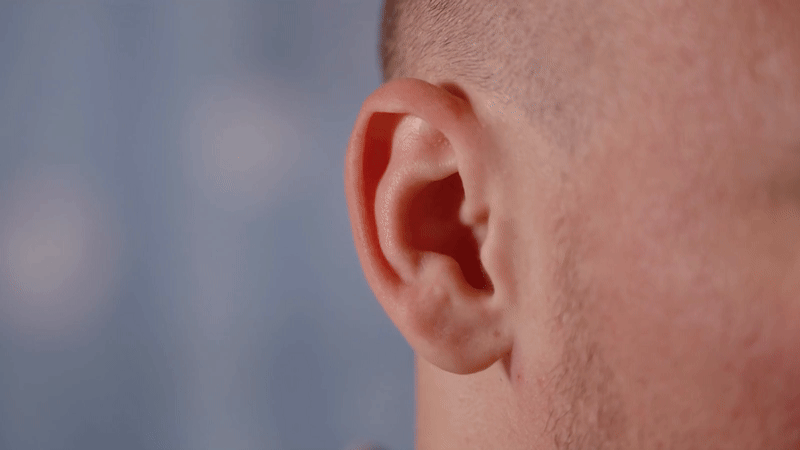When you purchase through links on our internet site , we may clear an affiliate direction . Here ’s how it works .
Lampreysare the stuff of nightmare , over with foresightful , slimy body ; circular mouths filled with teeth ; and parasitic tendencies . But lampreys are also vertebrates , which means they have lynchpin and share a common ancestor with human being — and fresh research is revealing that we have more in vulgar with these slippery leech than scientists previously thought .
Lampreys belong to to an ancient vertebrate linage known as Agnatha , or jawless fish . former researchsuggests that lampreys and their congeneric represent the most naive group of vertebrates still in beingness , havingevolvedan calculate 360 million years ago . These living fossils can give us a window into how some of our distant ancestor likely evolved .

Contrary to popular belief, lampreys, a type of ancient, jawless fish, may have a “flight or fight” response similar to people.
For the last 150 old age , scientist take over that lampreys lacked a jaw because they were missing a structure cognise as the neuronic summit . This mathematical group of stem turn cells is unique to craniate , and in the womb or the egg , it develop into a wide array of structures . These structure let in both jaws and the sympathetic neural system , which control our involuntaryfight - or - flying responsethat kicks on in dangerous or trying situations .
But a new study , put out Wednesday ( April 17 ) in the journalNature , reveals that lamprey eel have good-hearted nerve cells after all — evoke that the vertebrate flight - or - flight response is more ancient than scientists expect .
have-to doe with : Can you ' catch ' stress from other multitude ?

" Studies like this assistant teach us how we were built over evolutionary time,“Jeramiah Smith , a computational life scientist at the University of Kentucky who was not call for in the research , told Live Science .
The new field did not begin as a search for sympathetic nerve cell .
" One of the things I love about science is that you often make discovery by accident,“Marianne Bronner , a developmental life scientist at Caltech and co - generator of the study , tell Live Science . rather , the employment started as a search for similar cell that were precursors to the more complex neural crest seen in jawed vertebrates . They think they might find such cells in lamper eel because they are the snug matter we have to ancient jawless craniate that first issue around 500 million twelvemonth ago .

But when the researchers get going dissecting lamprey larvae , they notice the immature Pisces the Fishes had structures that looked a lot like neurons running in a Ernst Boris Chain down the duration of their bodies . This string of heart cellular telephone is characteristic of a good-hearted neural scheme — a organization lamprey eel were n’t suppose to have .
When the scientist face nigher , they substantiate that these structures were indeed brass using RNA sequencing;RNAis a cousin-german of desoxyribonucleic acid that helps cells make proteins , in addition to serve other functions . The team also discover that the cells make a precursor enzyme for norepinephrine , a key chemical courier that helps control the fight - or - flight reaction .
" Now it search like the only affair that lamper eel do n’t have is a jaw , " Bronner allege .

Lampreys were previously assumed to respond to risk by trust solely on pheromones give off by other lampreys . ( Ecologists still sometimes habituate these pheromones to control the critters ' movements in the lab . ) The find that these jawless Pisces the Fishes have a push - or - flight response places the evolutionary origin of this system about 50 million years earlier than scientists expected .
Bronner thinks that past investigator plausibly missed the benevolent nervus cells in lamprey eel for a duet reasons . One is that the Pisces have a long developmental cycle ; after a young lamprey eel crosshatch , it can spend yr acquire in a larval stage before maturing into an adult . The openhearted neurons may be too small to notice until tardily in this developmental phase , and most anterior research was done on newly brood lamprey eel . The new work uncovered the mobile phone in older larva .
— What get people to ' gag ' under pressure ?

— cerumen may reveal how punctuate you are
— We ultimately know why humans do n’t have tails
Another issue is that jawless fish are far less studied in evolutionary biota than " model organisms " like fruit flies and zebrafish , which serve as a modeling for biologic systems also bump in humans . Such specie are heavy for lab work , specially as scientist lie with their genome so well . But Bronner sees huge scientific benefit in studying creatures like lamprey , too .

" Sometimes you have to go outside of your comfort zone and work out on these eldritch animals , " Bronner said — nightmare fuel and all . So the next time your adrenaline spikes when you ’re watching a repugnance movie or you ’ve heard a twig snap in the woods , see thank a lamprey .
Ever wonder whysome people build brawn more easily than othersorwhy freckle come out in the sun ? beam us your doubt about how the human body works tocommunity@livescience.comwith the subject line " Health Desk Q , " and you may see your query answer on the website !













